I find that among car enthusiasts, there are two groups: Those who barely know about TVR, and those who know absolutely everything about TVR. The small British sports car manufacturer has been around, in one form or another, since 1946, but is currently dead.
So why is a company in America opening a TVR showroom in 2025? Well, it turns out the thrill and passion forged by the company’s cars is far from dead. In fact, it’s alive enough to inspire the in-the-know crowd to launch such a strange venture.
Before getting into why someone would launch a dealership for a dead car brand, it’s important to understand TVR’s origins. Despite its current status, this is a well-loved marque that’s built some truly legendary cars over the years. So how did it end up here?
TVR’s Humble Beginnings
Like most iconic carmakers, TVR started in a shed. Its founder, Trevor Wilkinson, began building cars in 1949 out of a workshop in Blackpool, England, under the name Trevcar Motors. Wilkinson’s first car used a tubular chassis powered by a Ford Flathead four-cylinder lifted from a Prefect, a Ford-badged family sedan sold in the UK in the ’50s.
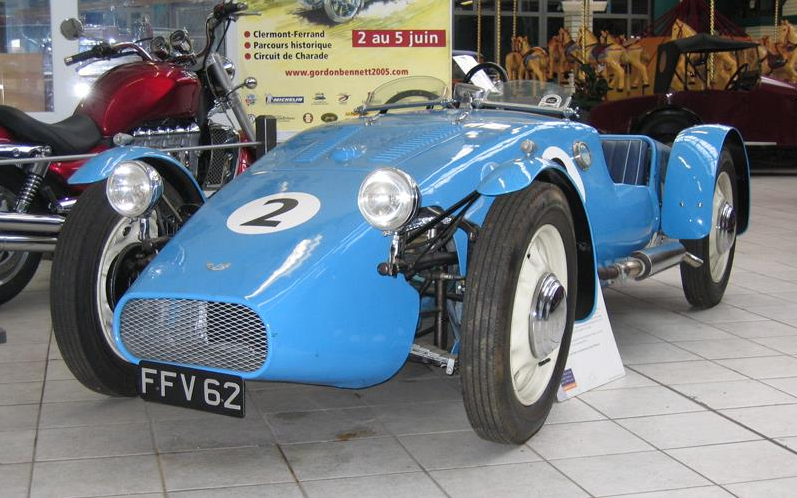
That car was lost to time, but Wilkinson’s second car, TVR No.2, still exists. It shares much of its design with the first car, according to the TVR Car Club, save for a bigger radiator and hub caps. The company’s name was eventually shortened from Trevcar Motors to TVR, adopting letters from Wilkinson’s first name (TreVoR).
TVR’s first few cars used metal body panels, with the company buying bodies from RGS Atalanta, another obscure English brand, to sit atop an in-house designed semi-spaceframe chassis. Wilkinson quickly realized using glass-reinforced plastic (GRP) (also known as fiberglass) for the body was a more cost-effective solution, so he switched to making his own panels in 1958, leading to the introduction of the Grantura.
As is the case with most British sports car makers, TVR quickly fell into hard times. From the company’s website:
[W]ith financial difficulties being experienced, and relationships fracturing, new management, new investors and new approaches were added to the TVR script. In 1960 the controlling interest had passed from Trevor Wilkinson to Keith Aitchison and Bryan Hopton, who managed to increase the order book and who took up an interest in international motorsport with the TVR brand.
Bringing TVR Back To Life
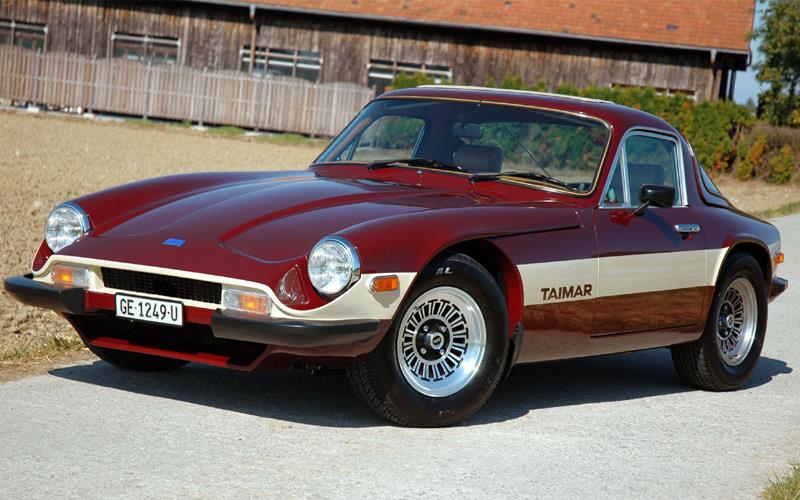
Wilkinson left the brand he founded in 1962, but Aitchison and Hopton didn’t hold onto TVR for long. It changed hands several times until 1965, when the company, known at the time as Grantura Engineering, was acquired by the father-son team of Arthur and Martin Lilley. The story of how it came into their possession was seemingly a case of good timing. From the TVR Car Club:
It wasn’t quite a classic case of “I liked the product so I bought the company”, but it was close. Martin had spent his spare time while studying automotive engineering at college building and preparing cars for racing, predominantly Lotus. But a friend ran Barnet Motor Company, soon to become the TVR Centre and after some successes with the Lotus and then an E Type which apparently he spectacularly put into the Armco on the final bend while leading a race at Silverstone, Martin ended up buying his first TVR, a Griffith 400.
This also suffered damage whilst racing and was returned to Blackpool for repair, just at the time that Grantura Engineering went into liquidation. Martin’s father, Arthur, had just prior to that been left some shares in Grantura so partly to get his son’s car back but also to ensure that he didn’t entirely lose the value of these shares, the pair of them bought the company in November 1965.
The Lilley family would run the company for 16 years, introducing legendary models like the Tuscan, the Vixen, and the M Series. It was during this time that TVR introduced the UK’s first production turbocharged car, the 3000 M Turbo, according to the TVR Car Club. The Lillies were also responsible for famously having nude models pose on the TVR’s stand at the 1971 British International Motor Show to generate publicity.
Things were going sort of well, thanks to US exports bolstering sales, but a fire at the factory in 1975 greatly reduced output. Later in the decade, TVR launched the Tasmin, a wedge-shaped car that departed greatly from the company’s usual design, to mixed reviews. A combination of that, a recession in the UK, and stricter emissions controls meant TVR was again in dire straits. So it was sold to Peter Wheeler, a chemical engineer and a Taimar Turbo owner who had a close relationship with the factory.
TVR’s Golden Age
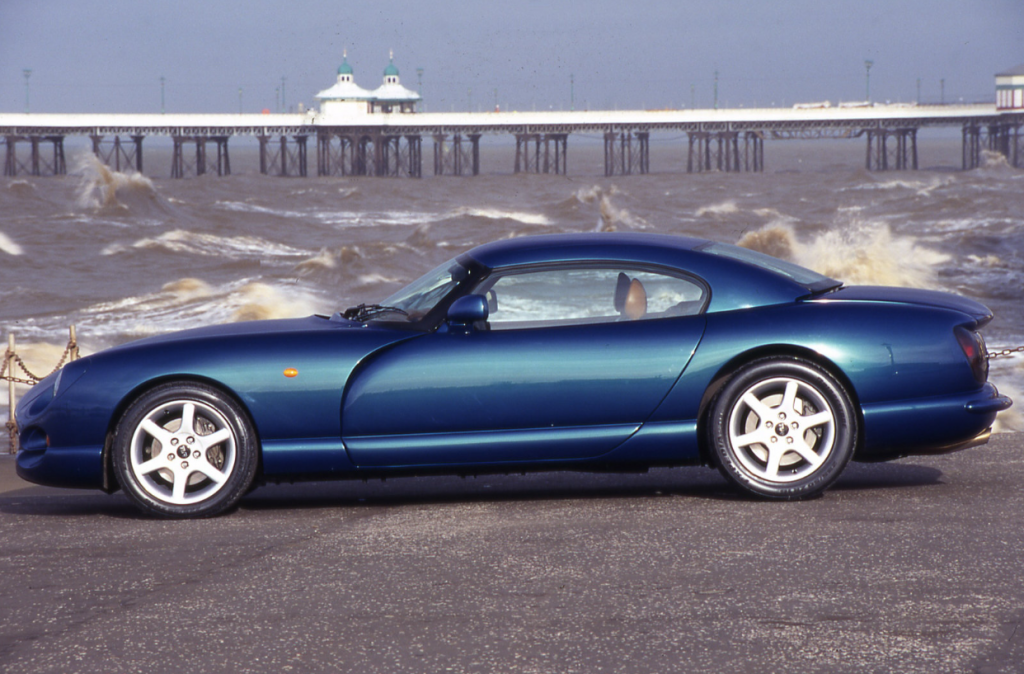
Wheeler, who helmed the company until 2004, led TVR through what I consider the company’s golden age. In addition to making the Tasmin popular with the addition of a Rover V8, he also introduced a number of legendary TVR models, including the reborn Griffith, the immensely popular Chimaera, the four-seater Cerbera, and the stunning Tuscan, which John Travolta famously drove in the 2001 hacker movie Swordfish.
It was during this time that TVR came out with my favorite car from the brand: The Cerbera Speed 12. Unlike the road cars, which used V8s or straight-sixes, the Speed 12 used a—you guessed it—V12 made from two of the company’s straight-sixes mushed together, according to Hagerty. Just one road-going version exists, a result of homologation rules of the early 2000s. It makes over 900 horsepower, and looks absolutely awesome:
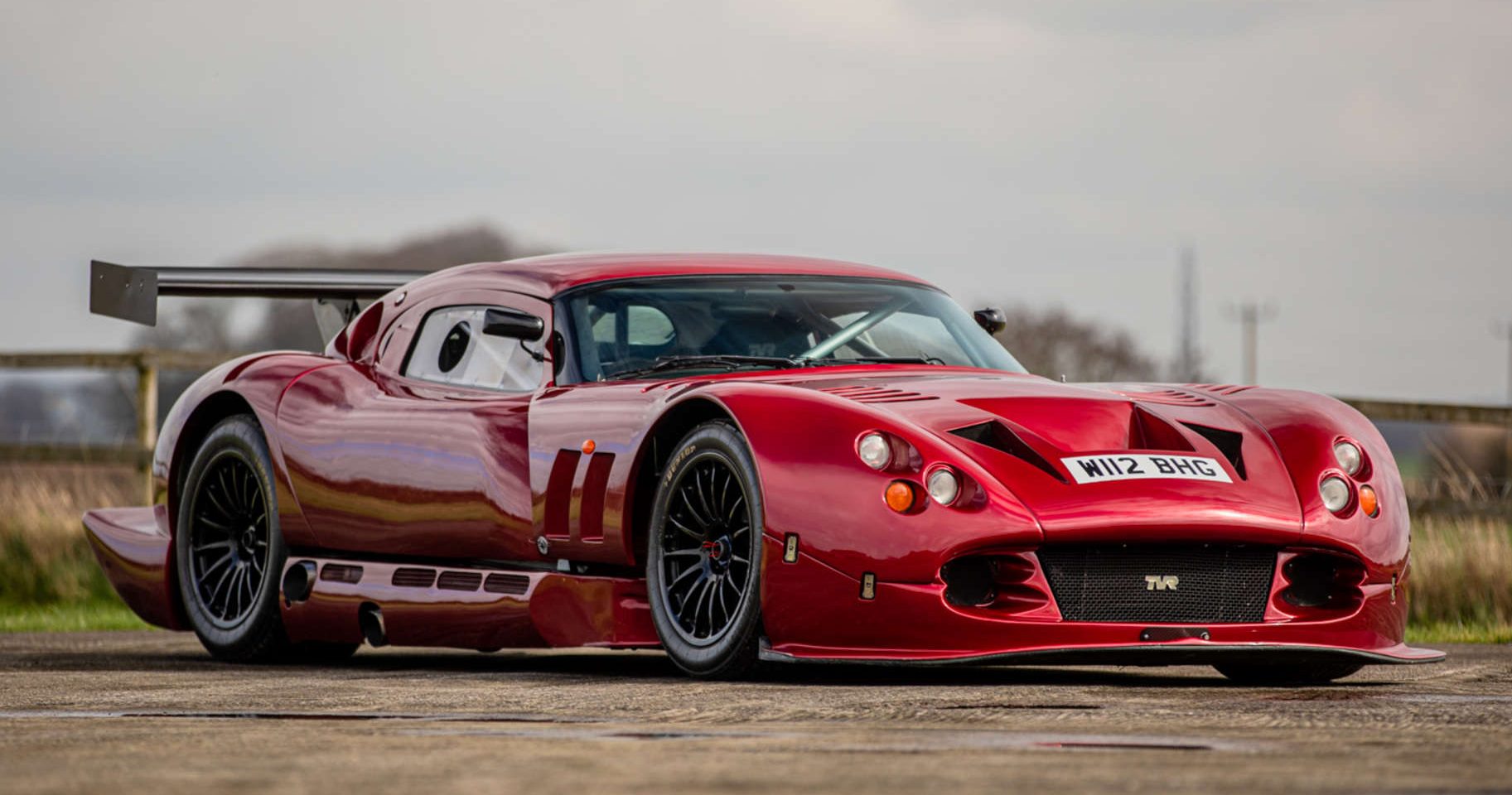
Wheeler spent 22 years honing the TVR brand before selling it to a Russian investor named Nicolai Smolenski. Shortly after, sales fell off, with Smolenski eventually breaking the company up to components. That didn’t really help, according to the company’s official site:
Even with difficulties all around, TVR was able to announce the next model would be a 600 bhp supercar called the Typhoon, to be launched in 2007, but in late December 2006 it was announced that TVR had gone into receivership. Nicolai was able to buy back the company from the receivers, and whilst he made another attempt to keep TVR going with a reveal of the Sagaris 2 in 2008, nothing further happened.
A Modern Revival Attempt
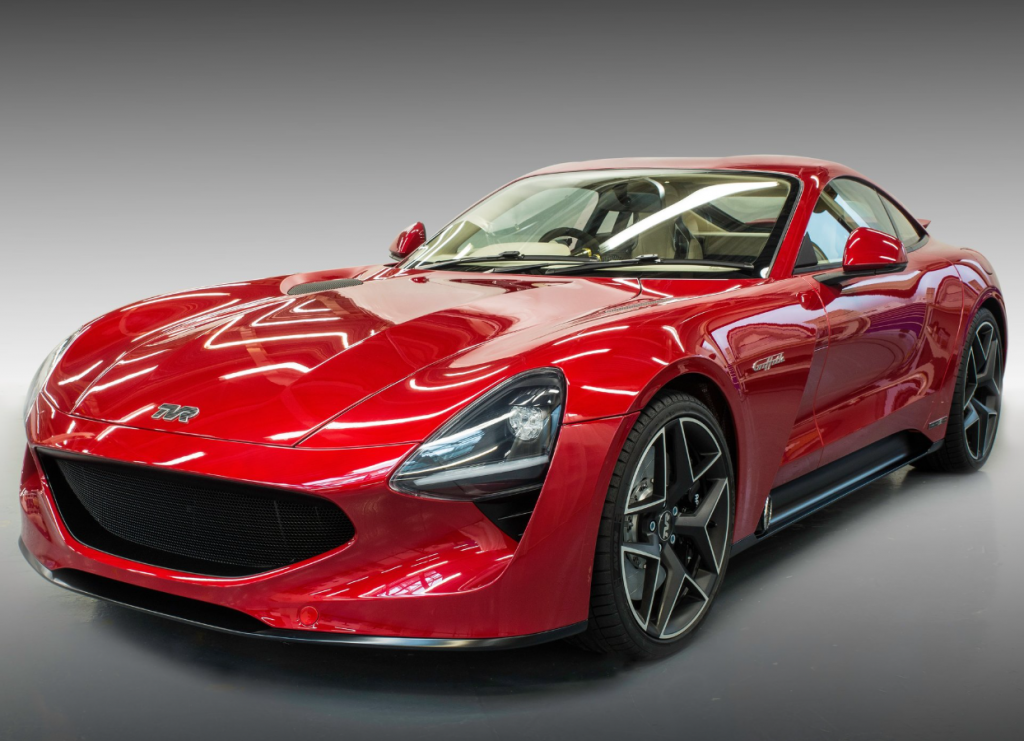
In 2013, a video game tycoon named Les Edgar gathered a group of investors and acquired the brand and its remaining assets, with the goal of bringing TVR back from the dead. It wouldn’t be until 2017 that the company would reveal its first product, which it called the Griffith.
The new TVR Griffith was a front-engine, rear-drive coupe with a design by Gordon Murray and a 5.0-liter Coyote engine lifted from the modern Ford Mustang, tuned to make 500 horsepower. It also used a carbon fiber chassis that promised ground effect aerodynamics to produce downforce.
Except, 12 years after Edgar’s move to purchase the brand, TVR has yet to build a single car. While the company is still listed as active by the UK’s official tracking service, EVO Magazine reported back in July that the company’s CEO, Jim Berriman, quit back in May. Since then, no one’s heard much about the brand.
So, Why Is There A Dealer Opening In America?

TVR stopped selling cars in America in the 1980s, dropping the once-lucrative market over rising emissions and crash requirements. But those Wheeler-era cars have proven so influential that they now have a dedicated following worldwide—even in places where they were never sold new.
This dealer, TVR Garage, isn’t selling new TVRs, of course. Instead, it plans to be the go-to importer for buyers looking to get quality used TVRs from overseas. TVR Garage has existed for years, working with a company in the UK called Str8six to procure cars. But it’s just now partnering with a broker called CarWiz to open a 15,000 square-foot showroom in Las Vegas, Nevada to keep the TVR legacy alive.
Gavin Bristow, Co-founder of TVR Garage said “Our mission is to ignite a lasting passion for TVR in the U.S. by importing only the finest examples, building a strong enthusiast community, and laying the foundation for future expansion into restoration and customization —ensuring the legacy of TVR thrives for generations to come.
While my real wish is to see TVR rise from the dead and build new cars, having a dealer in the U.S. to bring its best models Stateside is a pretty good outcome, too. Sure, you could hire an importer and bring them in yourself, but if you’re not terribly familiar with TVRs, it’s nice to know there’s a company that’ll pick out an example that isn’t falling apart. Now I just have to start saving up for a Cerbera.
Top graphic images: TVR Garage; stock.adobe.com

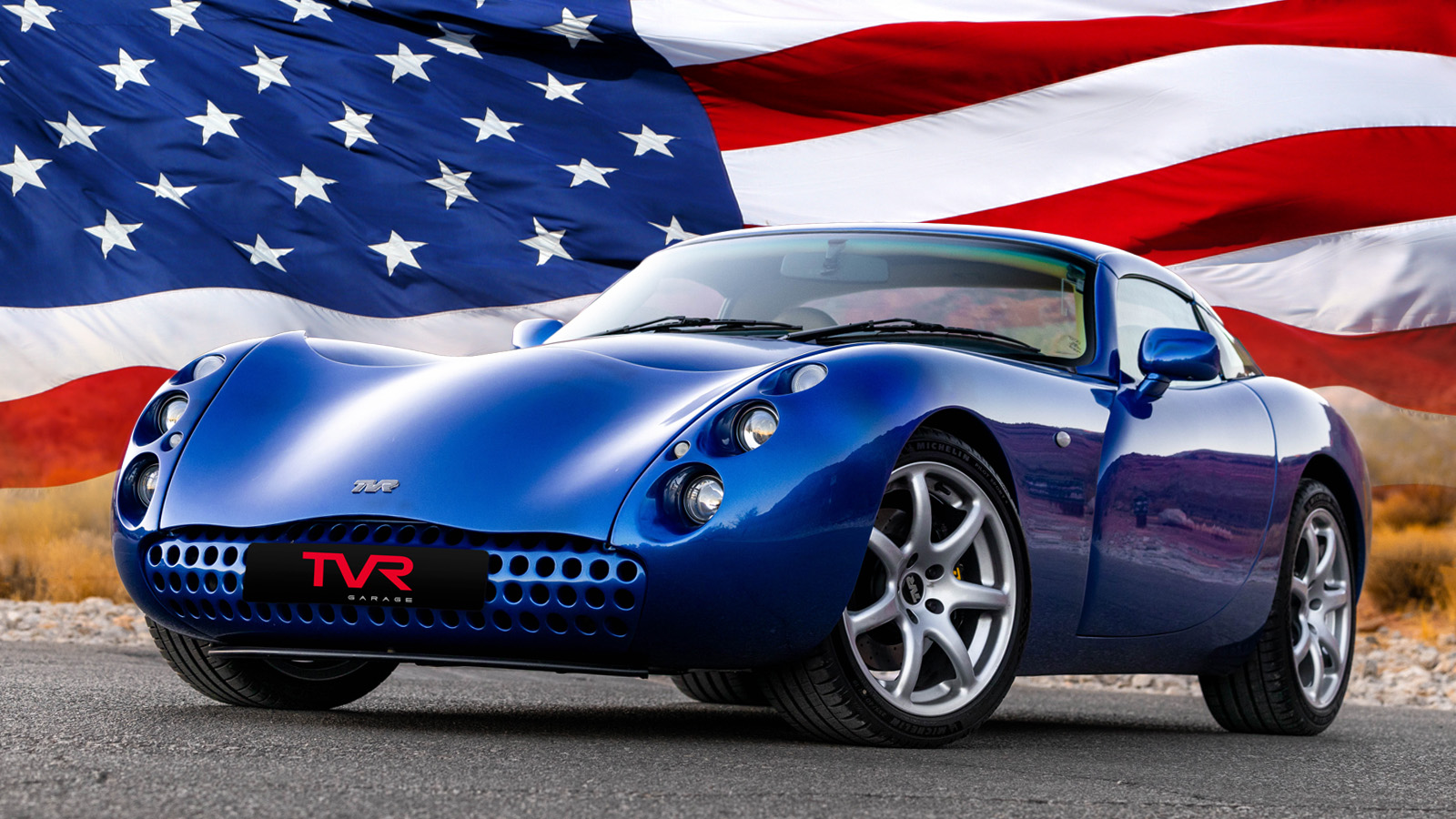



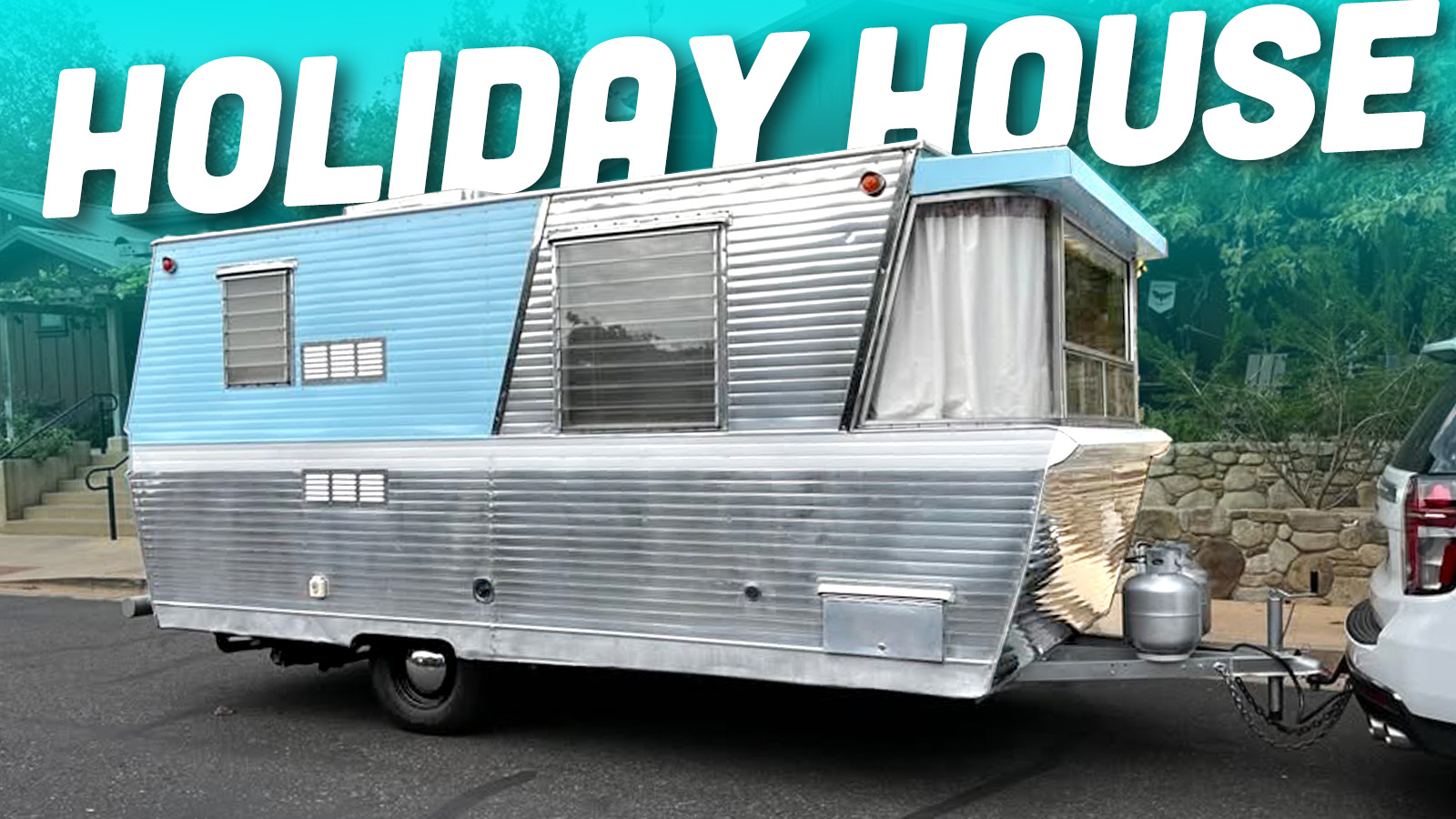
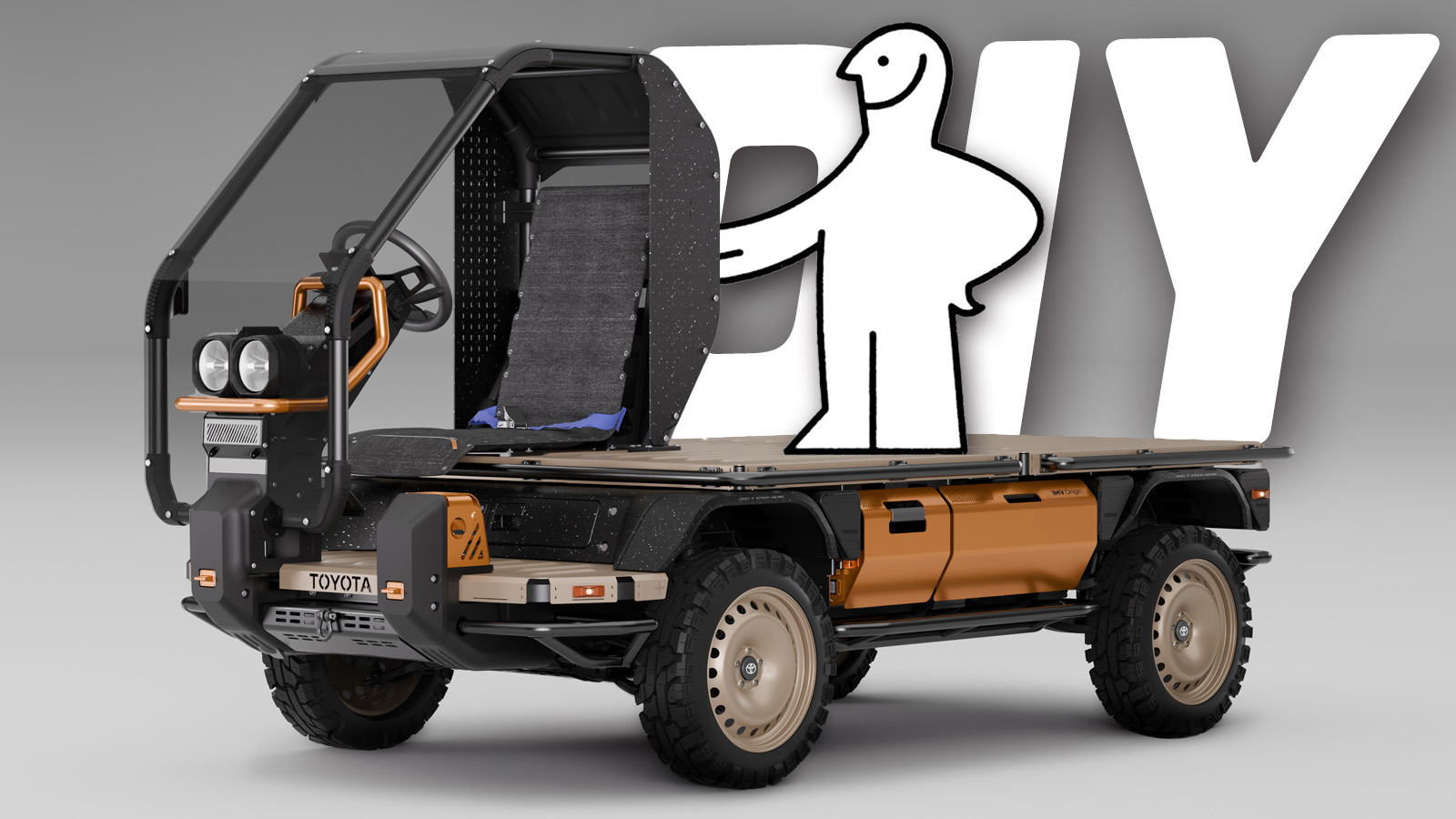
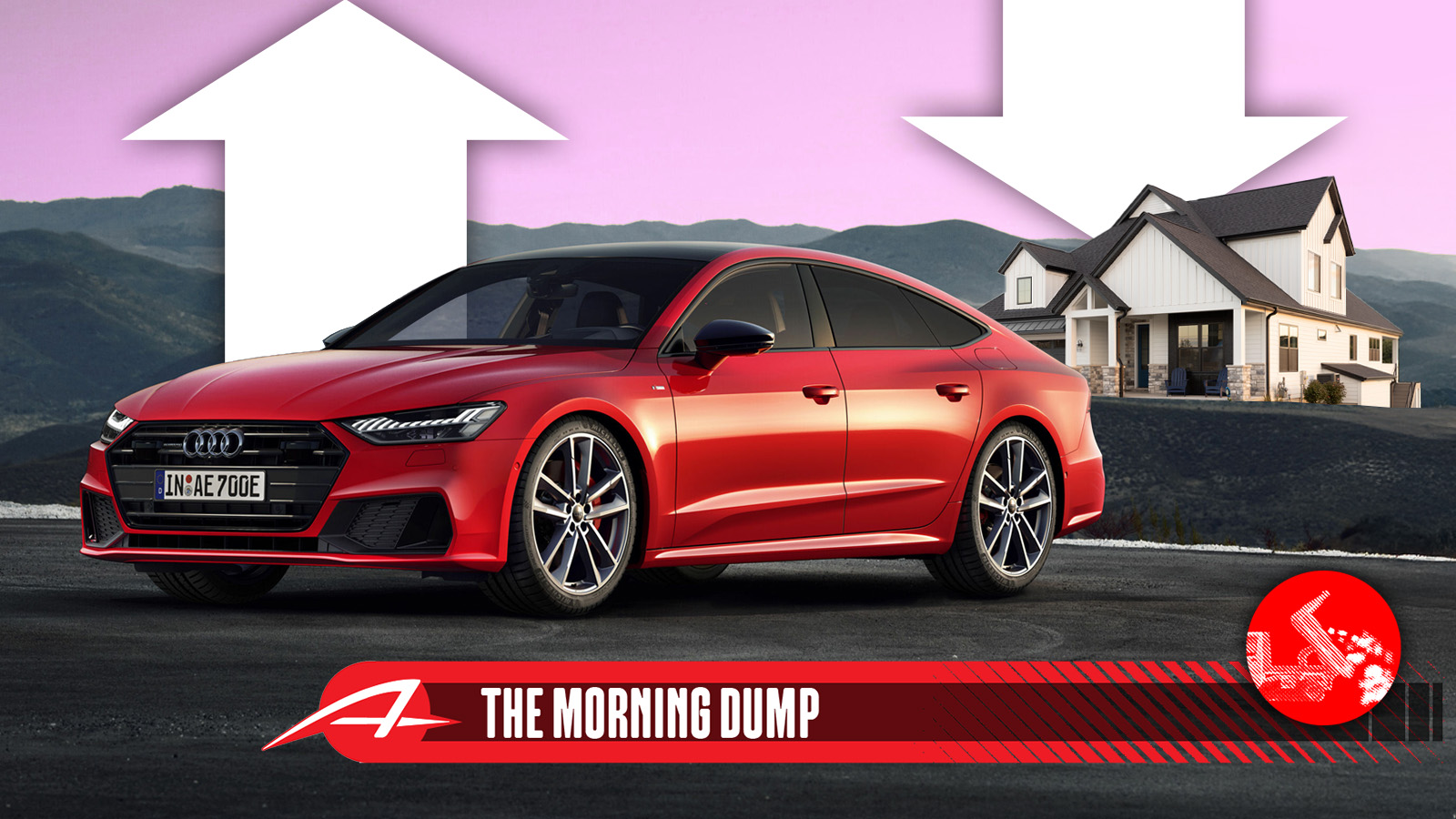
There used to be a TVR dealer in my last town that became a mechanic shop, but they had the sign still up outside. I tried to buy it off them, but he said he was still hoping they’d come back to the US. Now it’s some scumbag weed shop and the sign disappeared.
I love TVR. Came close to buying a restored 2500M ages ago, but it was just too expensive for me at the time factoring in expected running costs and storage, but the Wheeler cars are my favorite. I love the weirdness, the light weight philosophy, and the lack of safety BS.
TVR is the very, very best, and a brand that shouldn’t be dead just because A, Peter Wheeler died, B, Blackpool practices, C, Russian golden boy was just a Russian golden boy, and D, Video game dude has no idea about car business, nor does the Welsh government.
So, be happy, and long live the TVRs that made it to this planet, and then to America. Oh, and send me a Sagaris, which I know is ironic, since that’s a Russian golden boy era product.
Is it just me, or is the use of the word “dealership” a bit of a stretch here? If I opened a shop that sourced, reconditioned, and sold Hornets, I would not claim to have opened an AMC dealership.
Laws differ from state to state, but generally if you sell over 5 cars per year you are legally required to get a dealers license and set up a dealership that is not located on your residence. So legally they have to be a dealership (assuming they’re not content with one sale every 3 months).
There have been a few years that I was worried the DMV would come after me.
Your point is legally valid, but my question was more about semantics. To be a “car dealer” simply implies that you have a dealer license, but to be a “car dealership” implies that you are contracted by the manufacturer to sell and service their cars.
If I open a shop that fixes and sells old Fords, Ford Motor Company is gonna get awful mad if I advertise my business as a “Ford dealership”.
I’m an Old Skool guy. Let me have a Griffith 400 and I’ll be happy.
Yes, some of the newer cars are swoopier, faster and probably not quite as gut-clenching to drive, but everyone needs a little brutality and unrefined excess in their life.
By all accounts the later cars were worse for puckering. Peter Wheeler didn’t like fripperies like ABS or traction control, and as the power of the cars went up the weight didn’t.
The Sagaris and the Cerbera Speed 12 is the perfect 2 car solution.
I can’t think of anyone who doesn’t like TVR. Does that mean there’s a business case to open up a TVR dealer with no new models coming off the line? Doubtful. Gotta imagine that this is going to be difficult to be profitable and stick around as a going concern. Best of luck to him though as I think we can all agree he’s doing God’s work here.
No mention of the Sagaris, which has possibly the best exhaust setup on a ‘factory’ car?
One of my favorite Jeremy Clarkson reviews
TVRs are these delightful little hoonables built by these psychopathic clowns out of a shed in Blackpool, UK. That has a whole lot of appeal to my sensibilities.
I must make a pilgrimage to the TVR Garage in Arizona some day. Most of TVR’s lineup are among my list of dream cars.
Indeed, almost all of them that I have seen online or rarely, but occasionally in person are very intriguing. though I am not sure if it because they are so rare statesdie or the styling is the reason. I Know that the Cerbera Speed 12 is not that handsome, in fact most of the ones I have seen are kind of hideous, but once I knew what it was, I kind of wanted to let it be what it is and like it for all it’s warts and all. I prefer the more subdued basic Cerbera styling and it’s just an opinion, which obviously differs between humans.
For me, it’s the fact that these are lightweight machines with comparatively massive engines that are constantly trying to kill the operator and any passenger they may have. They’ll also blow the doors off of much more expensive and powerful cars.
I really wanted the lightweight EV sports car equivalent, but that doesn’t exist in the USA unless you convert an old car. My electric Triumph GT6 is close enough, although needs more power.
TVR Garage was recently featured on that other garage (Jay Leno)
https://www.youtube.com/watch?v=rnWOF84v2jI
I am a bit surprised that there are enough TVR fans, with enough money, to make a business case for a TVR shop/importer in the US but the Vegas location is not surprising.
It’s a bit of a strategic play – the 25 year rule means that the next five or six years are going to allow the final (and most extreme) years of TVR into the US. That should mean they’ll have a steady stream of customers as the Tuscan, Tamora, T350, Sagaris and Typhon become available.